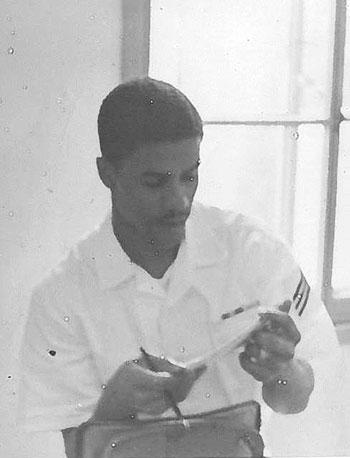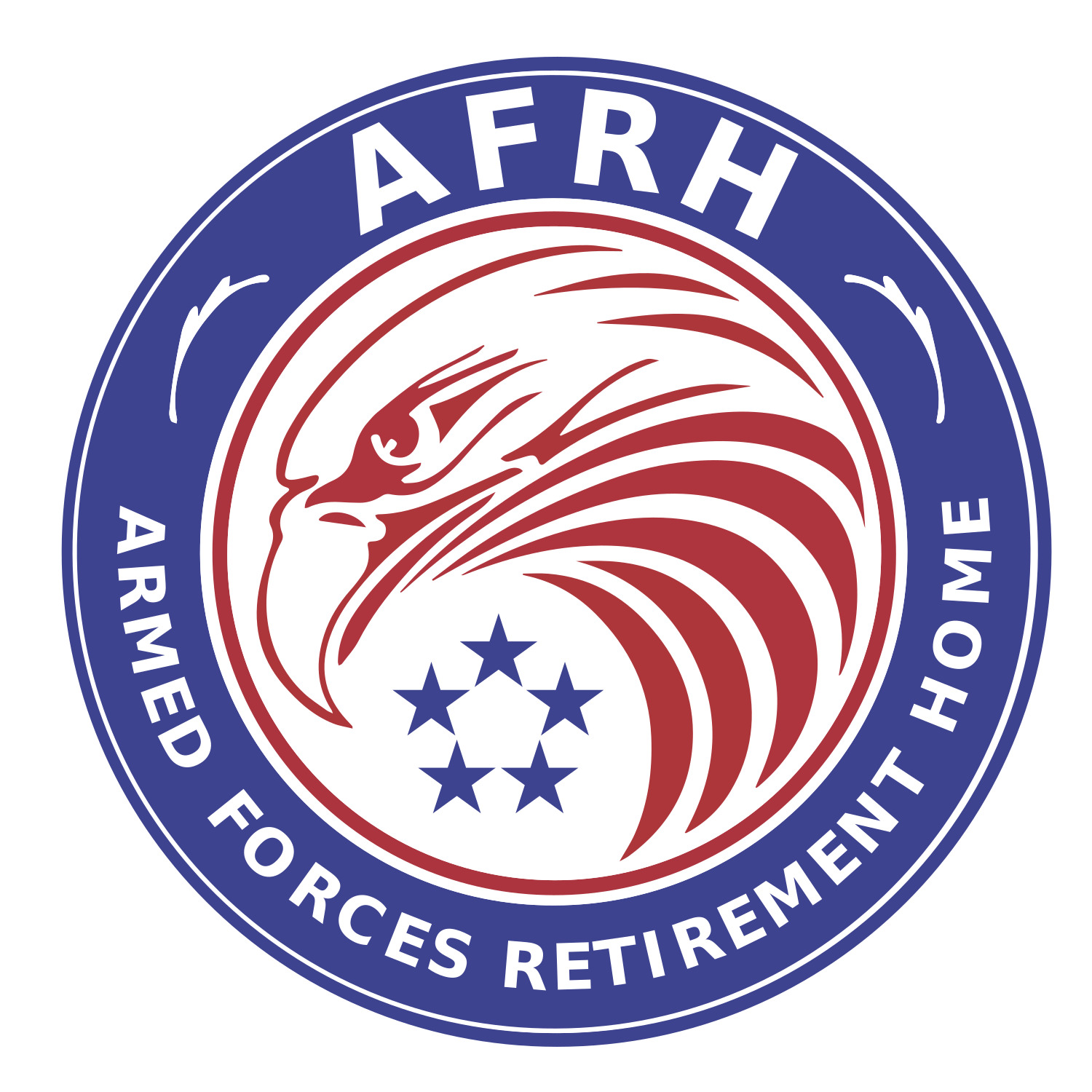
Edward Davis still can’t believe he made it out alive.
The 90-year-old Army veteran, who has Parkinson’s disease and lives at D.C.’s Armed Forces Retirement Home, still can recall the attack on Pearl Harbor 70 years ago. “I saw how easy, how fast, it is to die,” said Mr. Davis, who went on to fight in World War II, the Korean conflict and the Vietnam War. Mr. Davis is one of an estimated 8,000 U.S. veterans of the attack still living. The Department of Veterans Affairs estimates that veterans of World War II are dying at a rate of roughly 1,000 per day. Of the 16 million Americans who served in the war, approximately 2.5 million are still alive.
When Mr. Davis enlisted in 1940 at age 17, he was given the choice of where to serve. He chose Pearl Harbor, having heard glowing reports of the “beautiful girls and nice weather” in Hawaii, a stark contrast to his upbringing in the rugged coal region of Pennsylvania.
“It was the first time I’d ever seen death like that. I never realized you could die so easily. It’s something that can haunt you. I never forgot.” - Edward Davis, 90-year-old Army veteran stationed at Pearl Harbor during the attack. (T.J. Kirkpatrick/The Washington Times)
That decision led to his first brush with death on Dec. 7, 1941. As a young man, Mr. Davis quickly learned how fragile life can be.
The infamous Japanese sneak attack claimed the lives of nearly 2,400 servicemen and women, some of whom Mr. Davis considered friends. “It was the first time I’d ever seen death like that. I never realized you could die so easily. It’s something that can haunt you. I never forgot.”
Mr. Davis eventually received a diagnosis of post-traumatic stress disorder, commonly known as “shell shock” during his days in the military. He also undergoes speech therapy sessions to blunt his worsening Parkinson’s symptoms. To this day, he ponders why his fellow soldiers were maimed or killed, yet he returned home without physical injury.
“Three wars. I’ve been bombed, I’ve been shot at by machine guns, by airplanes, I’ve been shelled. I don’t understand why I wasn’t hit,” he said. “I never knew when I was going to go, when it was going to hit me. It could’ve happened in any of the three wars. I lived on the edge, there ain’t no doubt about it.”
Since the 1950s, Mr. Davis and others have kept their legacies alive through the Pearl Harbor Survivors Association, but the group will disband at the end of the year. Its members are nearing 90 years older, and many have serious health problems.
“It was just getting to be too much for them. The youngest survivors are 88 years old,” said Carol Gladys, the daughter of a Pearl Harbor survivor and secretary of Sons and Daughters, Pearl Harbor Survivors Inc. It’s been in existence since the 1970s, but now will play a much larger role in ensuring the stories aren’t forgotten.
“I think we have a lot of work ahead of us. You walk up to a lot of younger people and ask them what the USS Arizona was, and they have no idea,” Ms. Gladys said. “The younger generation, they have no idea what happened in Hawaii.”
- Log in to post comments
